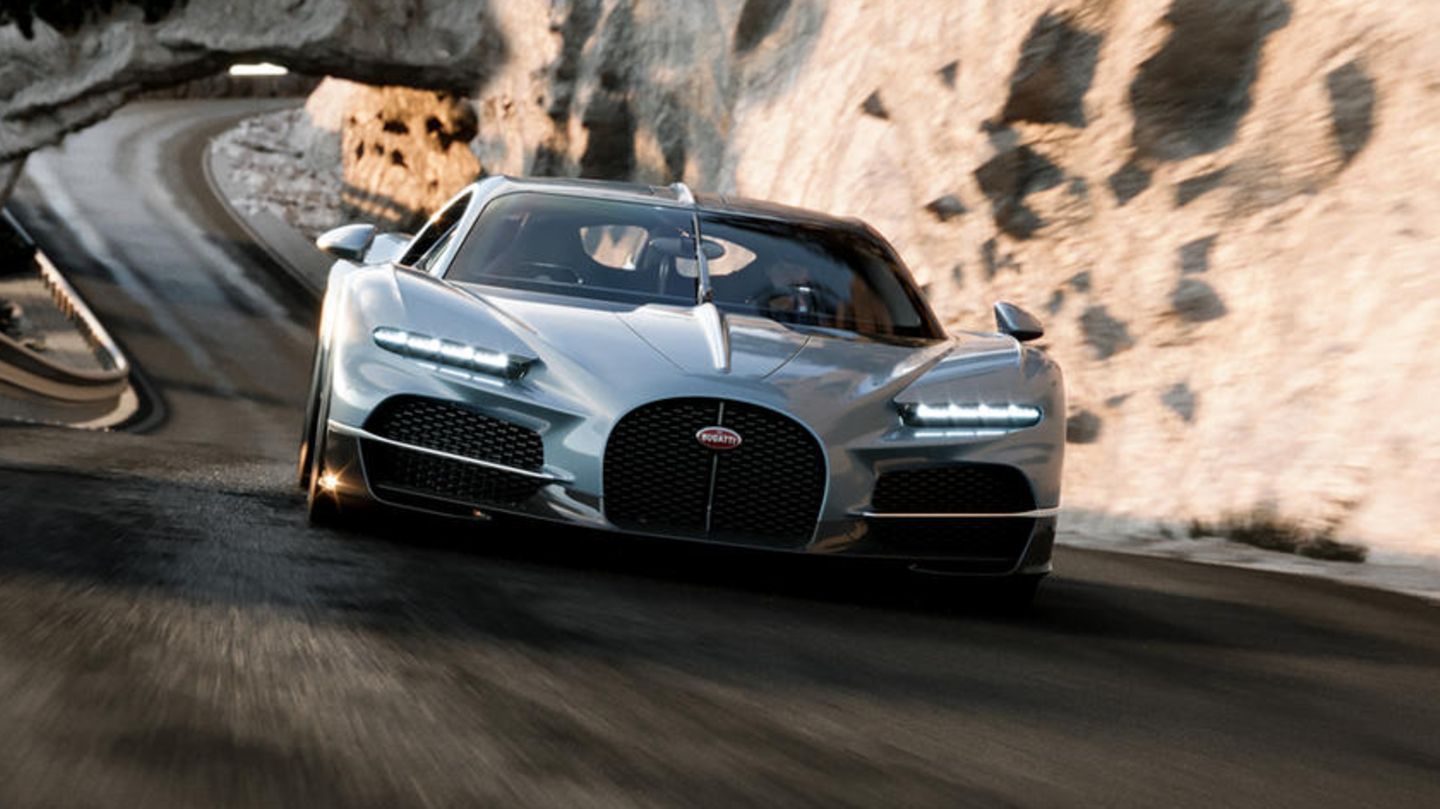I’m a recent graduate of the University of Missouri with a degree in journalism. I started working as a news reporter for 24 Hours World about two years ago, and I’ve been writing articles ever since. My main focus is automotive news, but I’ve also written about politics, lifestyle, and entertainment.
Menu
Bugatti Tourbillon: This is the 4 million euro heir to the Chiron
Categories
Most Read
The Government launched the new RUNA system, a digital platform to register 0 km cars
October 16, 2025
No Comments
Vacation 2025: how to calculate car fuel consumption before traveling on the route
October 16, 2025
No Comments
No driver’s license when checking the vehicle: Why that can be a good thing
October 16, 2025
No Comments
Corven Group and Chery inaugurate a new era of intelligent mobility in Argentina
October 16, 2025
No Comments
Jetour presented the new T2 in Argentina, its most adventurous SUV
October 16, 2025
No Comments
Latest Posts

Former Kiss guitarist Ace Frehley dies at the age of 74
October 17, 2025
No Comments
Ace Frehley Gene Simmons (l.) and Ace Frehley (r.) Ace Frehley “We are deeply shocked and heartbroken,” his family said in a statement. In his

Album of the week: Poet with choir and guests: Grönemeyer’s new unplugged record
October 17, 2025
No Comments
Lisa HarrisI am an author and journalist who has worked in the entertainment industry for over a decade. I currently work as a news editor

Beer: Breweries want to raise prices
October 17, 2025
No Comments
AngelicaI am an author and journalist who has written for 24 Hours World. I specialize in covering the economy and write about topics such as
24 Hours Worlds is a comprehensive source of instant world current affairs, offering up-to-the-minute coverage of breaking news and events from around the globe. With a team of experienced journalists and experts on hand 24/7.

